Tom Clancy’s The Division 2 is a complex game if you’re looking to optimize your gear. Do you want to play a pure support role, deal massive single target damage, act as the worlds most annoying diversion, or some mix of the three?
The options aren’t endless, of course, and the community is bound to figure out meta builds fairly quickly once everyone reaches the end game. But because even low-level gear comes with set bonuses, you’ve got an early chance to start defining the role you want to play.
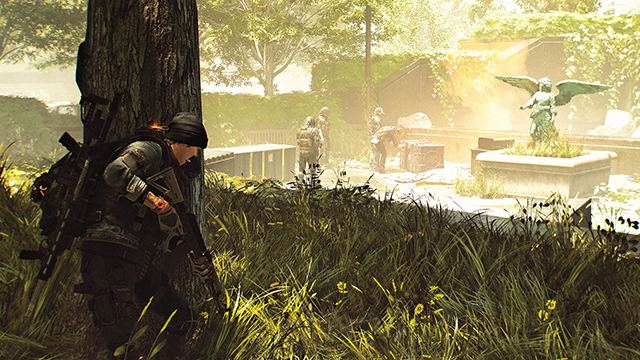
It All Starts with a Weapon
The armor, equipment, and perks you equip are all well and good, but they aren’t going to put down the myriad enemies you’ll face in The Division 2. You’ll be relying on your guns to do that.
Your first consideration when making a build, then, is what kind of weapon you want to run.
Assault Rifles
ARs are, as with any shooter, the bread and butter weapons best suited for the broadest variety of encounters. Their damage is solid, as is their effective range, but they don’t stand out beyond this well-roundedness.
If you’re looking to make a jack of all trades build who excels at no one facet of combat but who is useful in almost any situation, an AR is a fantastic choice.
You can also use them as a slightly slower substitute for an SMG, allowing you to pick up the pace of combat while still keeping a fair distance between yourself and danger.
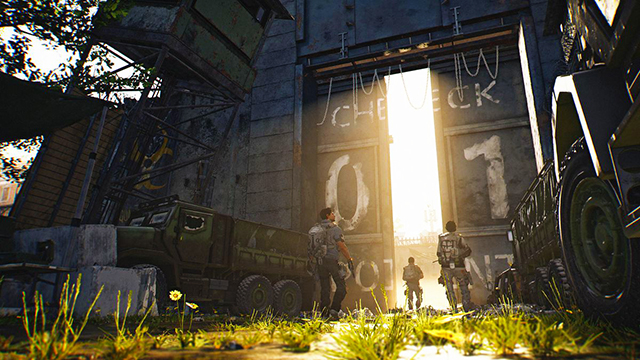
Submachine Guns
One half of the PvP loadout in the first Division, a good SMG is a close-range powerhouse, allowing for fast, frenetic combat with plenty of damage output. Because of the damage falloff, you’ll have to stay nearer to your enemies than almost any other weapon class besides the shotgun, but with a good reload time and bullet hose capabilities, few weapon types grant the level of speed an SMG does.
If you’re looking to make a build that stays up in your enemy’s face or that’s both mobile and deadly in PvP, an SMG is the way to go. For PvE, these weapons are a great alternative to shotguns up close, but you’ll have a harder time chewing through boss armor from anywhere but up in his face.
Shotguns
Part two of the PvP player’s choice loadout, a good shotgun can and will delete enemies with the quickness. What kind of shotgun you want to use ultimately comes down to preference. The semi-auto, magazine-fed varieties offer faster combat in exchange for lower overall damage. The double barrel and pump-action shotguns can one-shot almost anything that isn’t a boss mob if you hit a critical spot, and enemy players foolish enough to face you up close will quickly learn the error of their ways.
If you’re looking to make a build that puts down other players or AI in a heartbeat, creating a build around a shotgun is the way to go. You lose the safety of range, but gain an overall time to kill that’s unparalleled outside of the highest powered, fully kitted and synergized sniper rifles.
Sniper and Marksman Rifles
The PvE guns of choice, sniper and marksman rifles offer big damage and the relative safety of range. As long as you can hit a critical spot, you will be chunking huge ticks of damage off even the tankiest bosses. Other players too will find themselves quickly without armor and health, but because of their smaller critical zones and general mobility, you’d better be a fantastic shot, especially up close.
If you’re looking to rack up The Division 2‘s highest possible damage numbers and take down almost anything from the safety of distance and cover, sniper and marksman rifles should be your go to. Support players will love the survivability, and your team’s main DPS guy will love seeing the big numbers show up on his HUD.
Light Machine Guns
One of the most effective support role weapon types, what the LMG loses in initial damage output it gains in sheer firepower. No LMG will win a fight up close to a shotgun or SMG, nor will it beat out a marksman rifle at range, but it will provide the suppressive fire to allow your teammates to reposition for the perfect shot. Because they become more accurate the longer you fire them, keeping your enemies pinned is a breeze, and if you’re nimble enough with your fingers, you can use supportive equipment to bolster your squad’s chances.
If you’re looking to be the anchor point for your team in both PvE and PvP, pick up a light machine gun. You won’t be moving anywhere fast, and you won’t be the guy dealing the up close, sexy damage, but you will be the one enabling every other Agent to succeed. With the proper equipment, you can act as a secondary DPS, but you are perhaps best served as a tank, drawing fire and returning it in equal measure.
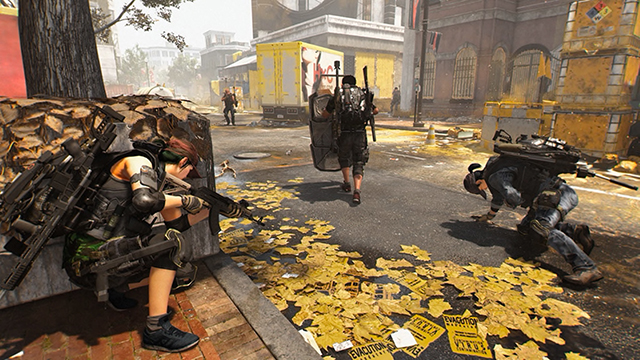
Promote Synergy
Weapons might be the core damage dealers in The Division 2, they don’t work nearly as well if your armor perks and equipment aren’t ready to support them. That means, as early as your first green piece of gear, you need to think about how you want your build to work.
Think about the primary roles you’d find in an MMO or hero shooter — Tank, DPS, Support — and design around that.
DPS
If you want to be dealing all the damage all the time, you have a few considerations to make.
First, what range do you want to be fighting at?
For close range, you’ll want gear and equipment that keeps you on the move, so high armor values are vital, as are damage upgrades for close quarters weapons. Critical damage upgrades are essential too, but survivability is slightly less an issue than your potential for carnage. After all, they can’t kill you if you’re dead.
Longer-range DPS players should focus first on maximizing their critical damage, their weapon’s rate of fire and accuracy, and damage reduction. Your goal is to stay aimed at your target for as long as possible, only taking cover to reload. Let your support players focus on drawing fire, but remember there will often be enough enemies on the screen that at least a few will be shooting at you. Pick skills and equipment like the healing drone to keep you topped up in the face of a few stray bullets.
Don’t worry as much about maximizing your skills and skill power as a DPS. That’s a job for your tanks and supports.
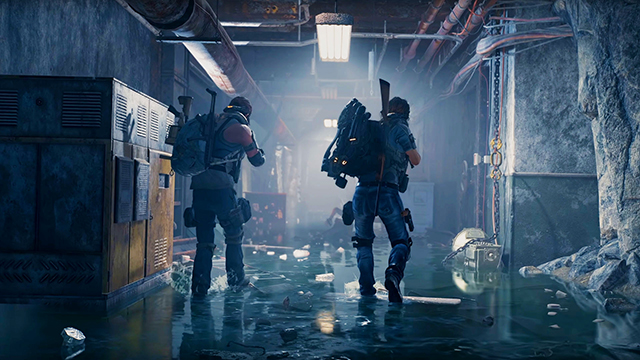
Tank
If you want to be the anchor for the rest of your squad, you want to be a tank. You’ll need to be in the thick of things, pulling as much damage toward yourself as possible while staying alive long enough for your DPS to take out the heavy hitters.
In most games, tanks are dependent on their support players, and this is still mostly true in The Division 2. There are a few options that give the main tank some survivability, like the healing drone, but more often than not you’ll want to keep your squadmates abreast of your health and armor values.
What should a tank focus on, then?
First, you want armor. Lots of it. As much as you can stack. Your job is to eat every bullet on the field, so make sure you’ve got a big enough appetite.
Skill power, especially for healing equipment and abilities is your secondary concern. While your support player is all about keeping you alive, they have up to three other people including themselves they need to worry about.
There will be times when you’ll be on your own, so pick skills and equipment that can sustain you whenever your teammates are otherwise occupied. The heal drone will likely be your best friend, as will any ability that refills your health/armor.
Damage reduction is also crucial, so stack as many abilities that reduce incoming fire as you can, so long as they keep you as the center of attention.
And while damage will never be your primary concern, you can and should keep it in mind. After all, you won’t just be standing there taking it, you’ll want to dole out some too.
Grab your light machine gun and focus down the big guys so they keep their sights aimed at you. Your DPS will thank you for softening up the armor, and your support will love you for keeping those nasty bullets away from them.
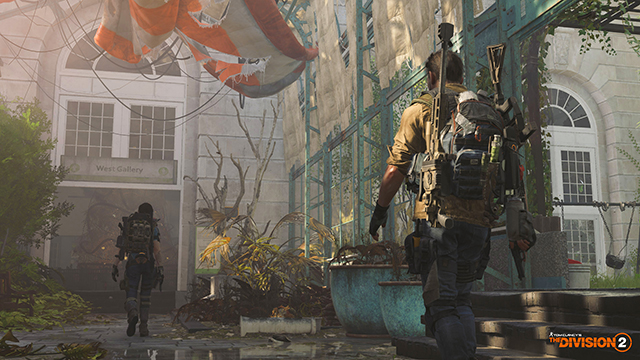
Support
Do you have a gun as a support player? Yes. Will you be using it much?
Not really.
Your priority is to keep your teammates alive and fighting. You’ll also be the enabler, using your skills to make your DPS and Tank can do their jobs better.
Your armor choices should emphasize one of those two primary roles: healer and enabler.
A healer is pretty self-explanatory. You ensure your DPS and tank stay alive and fighting by any means necessary. An enabler applies status effects, throws grenades, makes use of area denial effects, and generally is a hassle to his enemies.
Regardless of which you choose, stack as much skill power as you can. You want to reduce your ability cooldowns, and you want your equipment to be as effective as possible.
That said, you shouldn’t neglect your own armor and health values. While skill power is your main stat, you will have to head into the fire, especially if you need to revive your teammates in the middle of a mess. Stack whatever fast-recovery skills you can, and if you can speed up core actions like armor replacement or weapon reloading, do so.
Damage as support is by far your last concern. You’ll be spending much more time keeping tabs on your teammates and helping them do their jobs than you will be shooting.
There will be the odd time when everything you have is on cooldown and you have to actually hit something, though, so don’t neglect good weaponry. Just don’t lose sleep if you don’t have the absolute best stuff around.
Until The Division 2 sees its full release, we won’t know the extent of build options available, but using the above tips, I hope you’ve got a good idea of what kind of loadout you want to run, and what type of role you want to play.

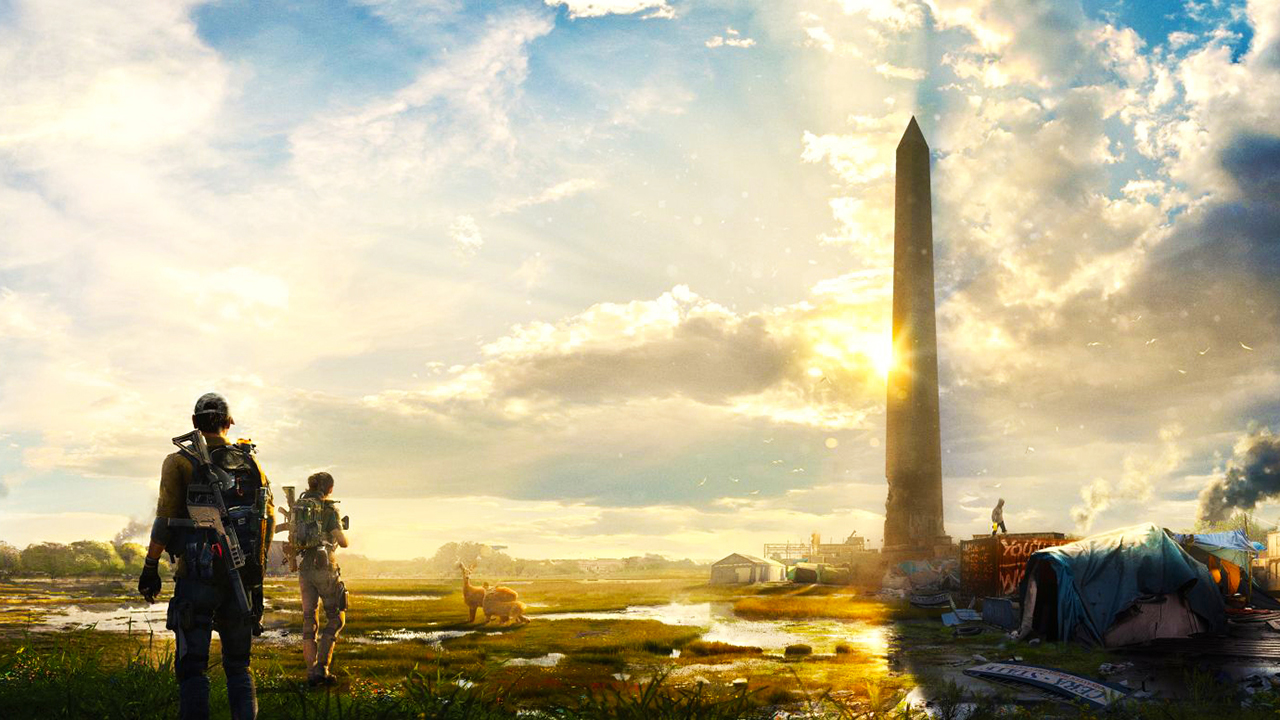
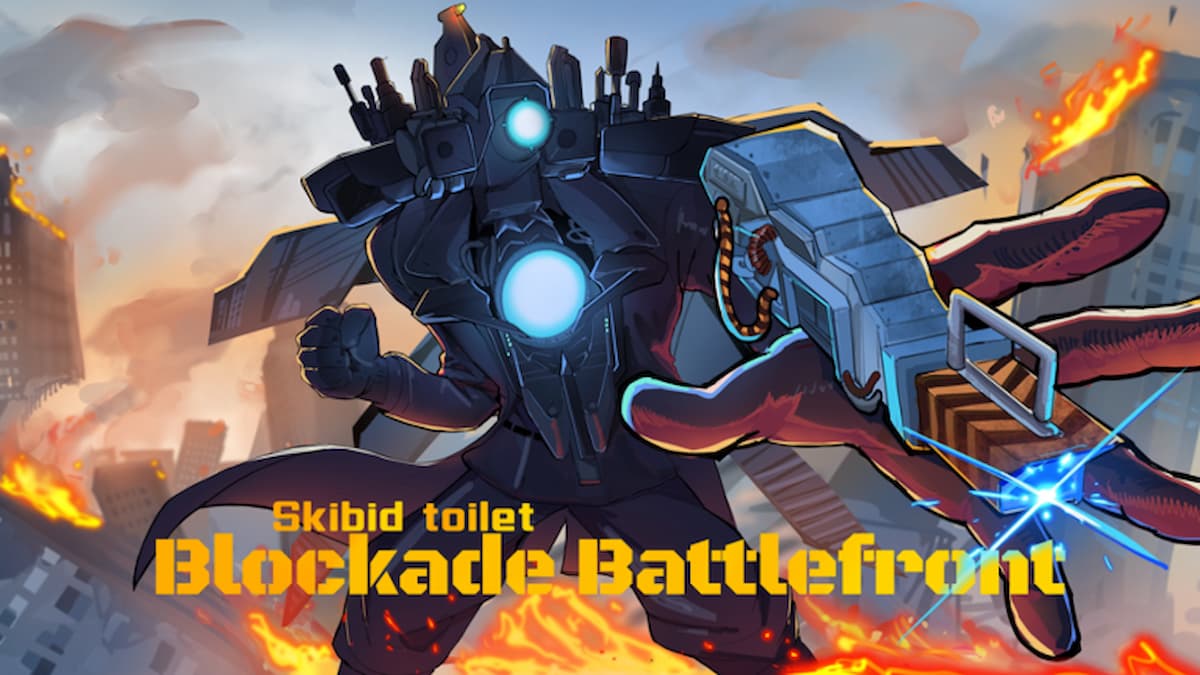
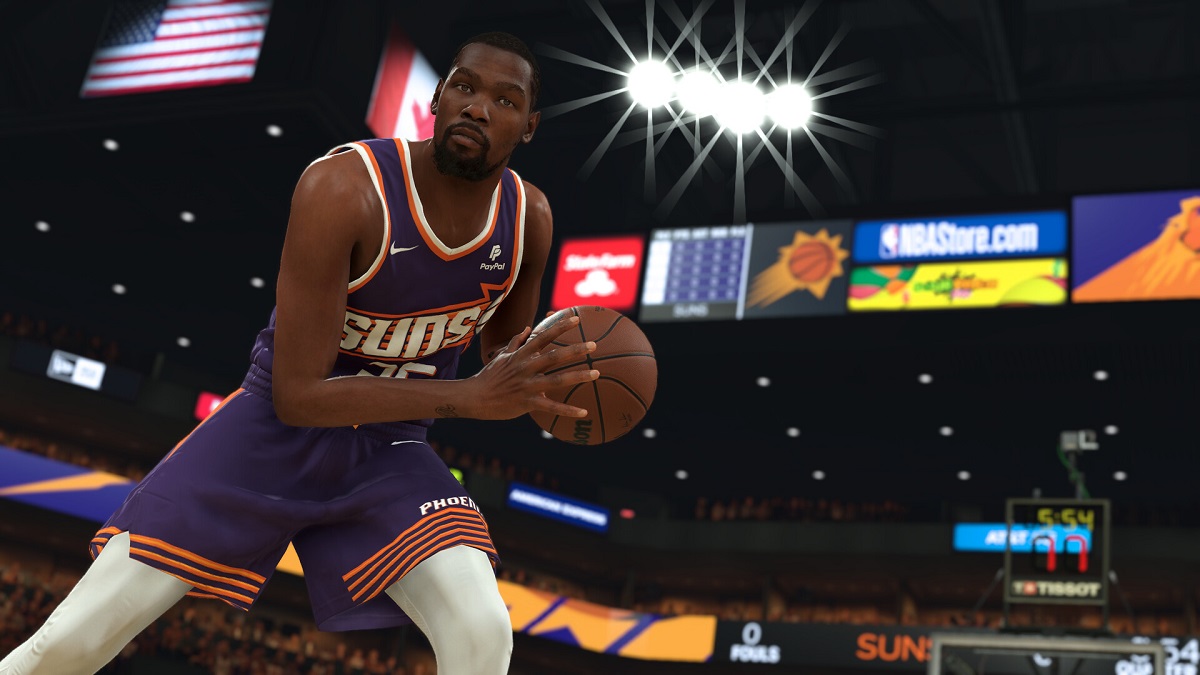
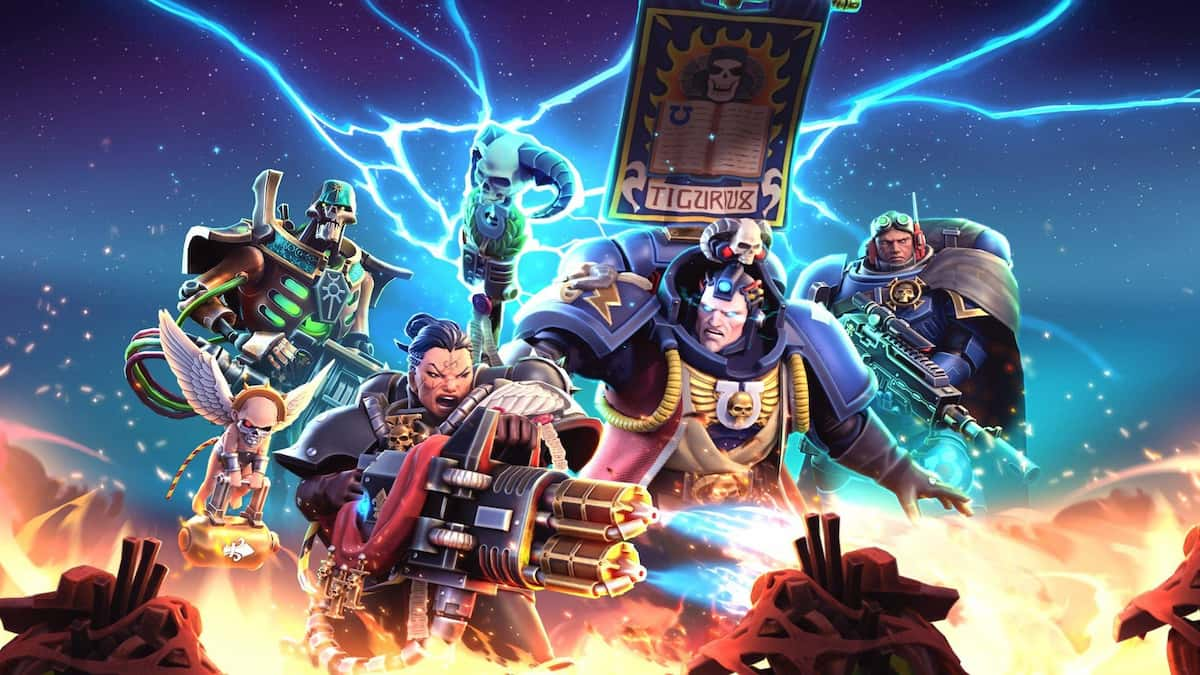
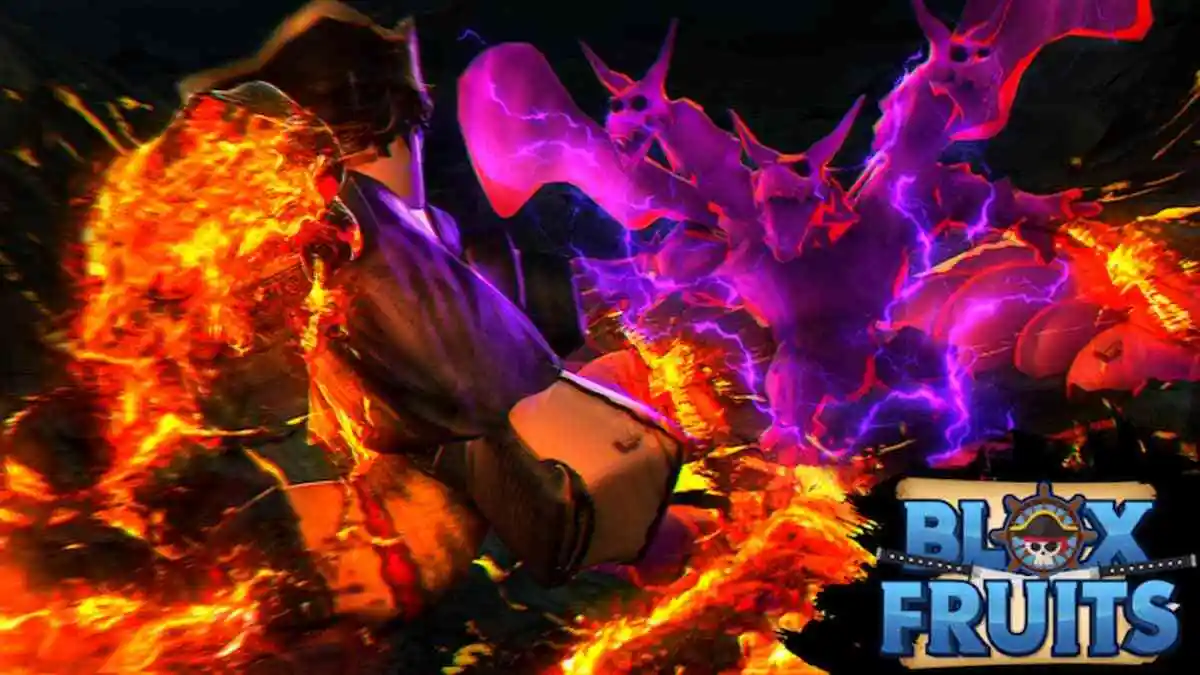

Published: Mar 2, 2019 07:42 pm